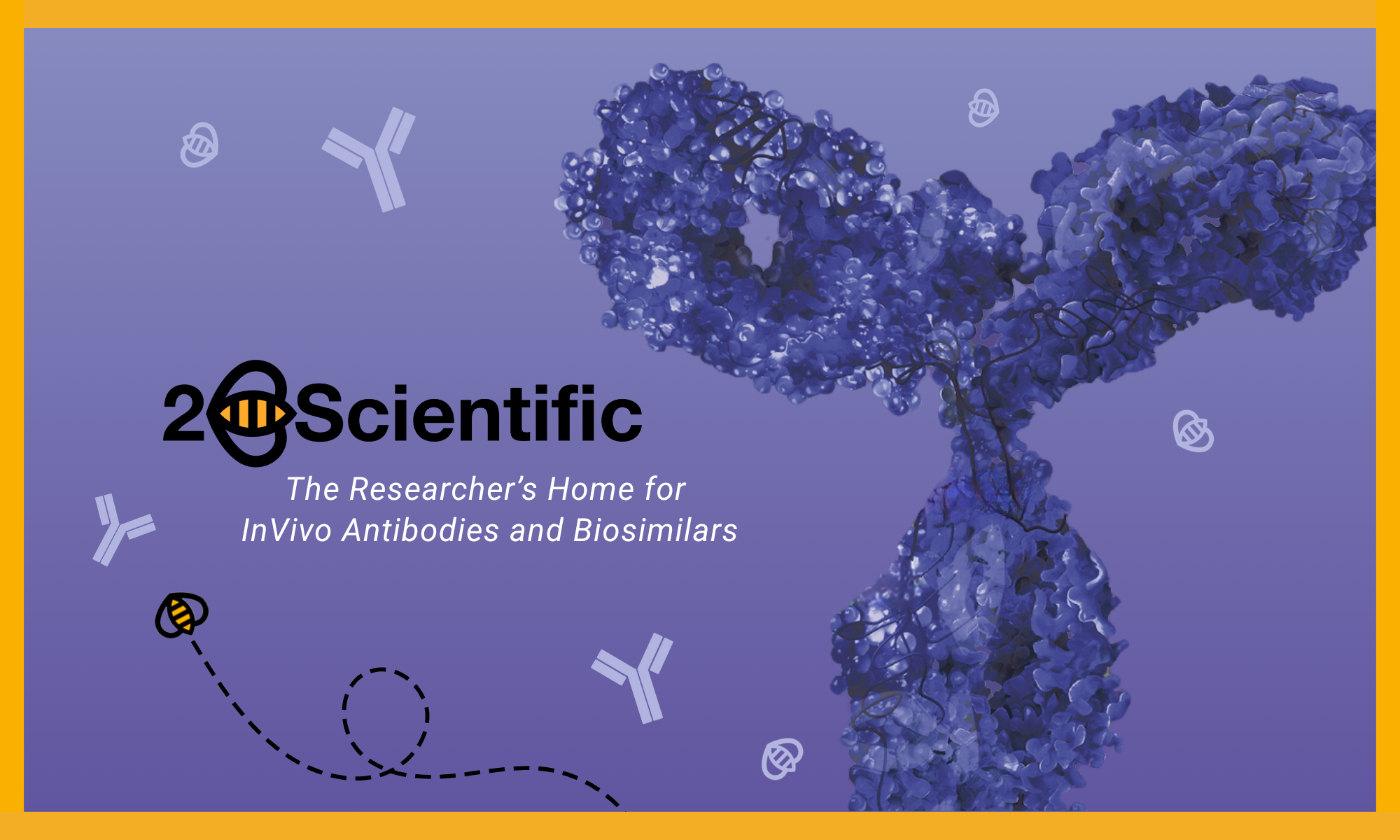
PINK1 Antibody Phycoerythrin
Product Sizes
100 ug
200-308-W64-100UG
About this Product
- SKU:
- 200-308-W64
- Additional Names:
- Parkinson disease (autosomal recessive) 6, EC 2.7.11.1, PARK6, serine/threonine-protein kinase PINK1 mitochondrial, PTEN-induced putative kinase protein 1, protein kinase BRPK, BRPK, FLJ27236, PTEN induced putative kinase 1, Phosphatase and Tensin Homolog|PINK1
- Application:
- ELISA, Immunohistochemistry, Western Blot
- Buffer:
- 0.02 M Potassium Phosphate, 0.15 M Sodium Chloride
- CE/IVD:
- RUO
- translate.label.attr.clone:
- S4-15
- Clonality:
- Monoclonal
- Conjugate:
- R-PE
- Concentration:
- 1 mg/ml
- Extra Details:
- PINK1 (PTEN induced putative kinase 1) is a mitochondrial serine/threonine kinase which maintains mitochondrial function/integrity, provides protection against mitochondrial dysfunction during cellular stress, potentially by phosphorylating mitochondrial proteins, and is involved in the clearance of damaged mitochondria via selective autophagy (mitophagy). PINK1 is synthesized as a 63 kD protein which undergoes proteolyt processing to generate at least two cleaved forms (55 kD and 42 kD). PINK1 and its substrates have been found in the cytosol as well as in different sub-mitochondrial compartments, and according to the recent reports; PINK1 may be targeted to OMM (outer mitochondrial membrane) with its kinase domain facing the cytosol, providing a possible explanation for the observed physical interaction with the cytosolic E3 ubiquitin ligase Parkin. Defective PINK1 may cause alterations in processing, stability, localization and activity as well as binding to substrates/interaction-partners which ultimately leads to differential effects on mitochondrial function and morphology. Mutations in PINK1 are linked to autosomal recessive early onset Parkinson's disease, and are associated with loss of protective function, mitochondrial dysfunction, aggregation of alpha-synuclein, as well as proteasome dysfunction. Areas of interest and use for researchers include Neuroscience, mitochondrial function, and CDK-mediated phosphorylation pathways.
- Formulation:
- 0.02 M Potassium Phosphate, 0.15 M Sodium Chloride, pH 7.2
- Host:
- Mouse
- Immunogen:
- Anti-PINK1 Antibody was produced by repeated immunization of mice with a fusion protein containing amino acids 112-496 of human PINK1.
- Isotype:
- IgG1
- Physical State:
- Liquid
- Reactivities:
- Human, Mouse, Rat
- Shipping Conditions:
- Blue Ice
- Specificity:
- Anti-PINK1 Antibody was purified from concentrated tissue culture supernate by Protein G chromatography. BLAST analysis suggests that it is 82% identical to rat, 81% identical to mouse and >30% identical to DMPK.
- Storage Conditions:
- 2-8[o]C unopened. Protect from light.
- Supplier:
- Rockland Inc
- Type:
- Antibody: Monoclonal Antibody
- Manufacturer's Data Sheet:https://www.rockland.com/search/?searchString=200-308-W64
